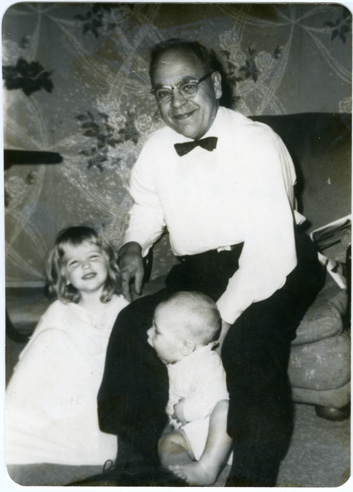Background on Martha R. Whitmore

Martha Hubbard Richardson was born on Aug. 26, 1897, the daughter of Mary "Mollie" Morse Richardson and Dr. William S. Richarson of Marlboro, Mass. Following in her mother's footsteps, Richardson entered Wellesley College and excelled, graduating with honors in the class of 1920. That October, she married Philip Ferry Whitmore in the college's Shakespearean Society House, settling soon thereafter in his hometown of Sunderland. The couple raised three children: Mary (1921-2013), wife of Frank McClintock and a 1942 graduate of Wellesley; Carolyn (1924-2013),wife of G. David Shilling; and William R. (Bill) Whitmore.
Philip (1892-1962), Martha's husband, was a graduate of the Massachusetts Agricultural College (1915) and successful market gardener, but is remembered as a major contributor to the growth and development of his alma mater. From the time of his graduation to his death, he serving the university in several capacities, including as class president, instructor in dairying, President of the Alumni Association (1927-1928), and Trustee (1929-1962). Whitmore was also an influential politician in western Massachusetts, serving as Sunderland town moderator for 38 years and for twelve years, as a Republican State Representative (1950-1962). During the protracted political struggle over fiscal autonomy for the university in the late 1950s and early 1960s, Whitmore emerged as a key supporter for the university and for the so-called Freedom Bill that allowed UMass to hire faculty and set salaries without interference from the legislature. Whitmore Hall, the central administration building at the University of Massachusetts Amherst, was named in his honor.
Philip Whitemore died in June 1962, while Martha died in Waltham, Mass., on June 5, 1981. She is interred in the North Sunderland Cemetery.

